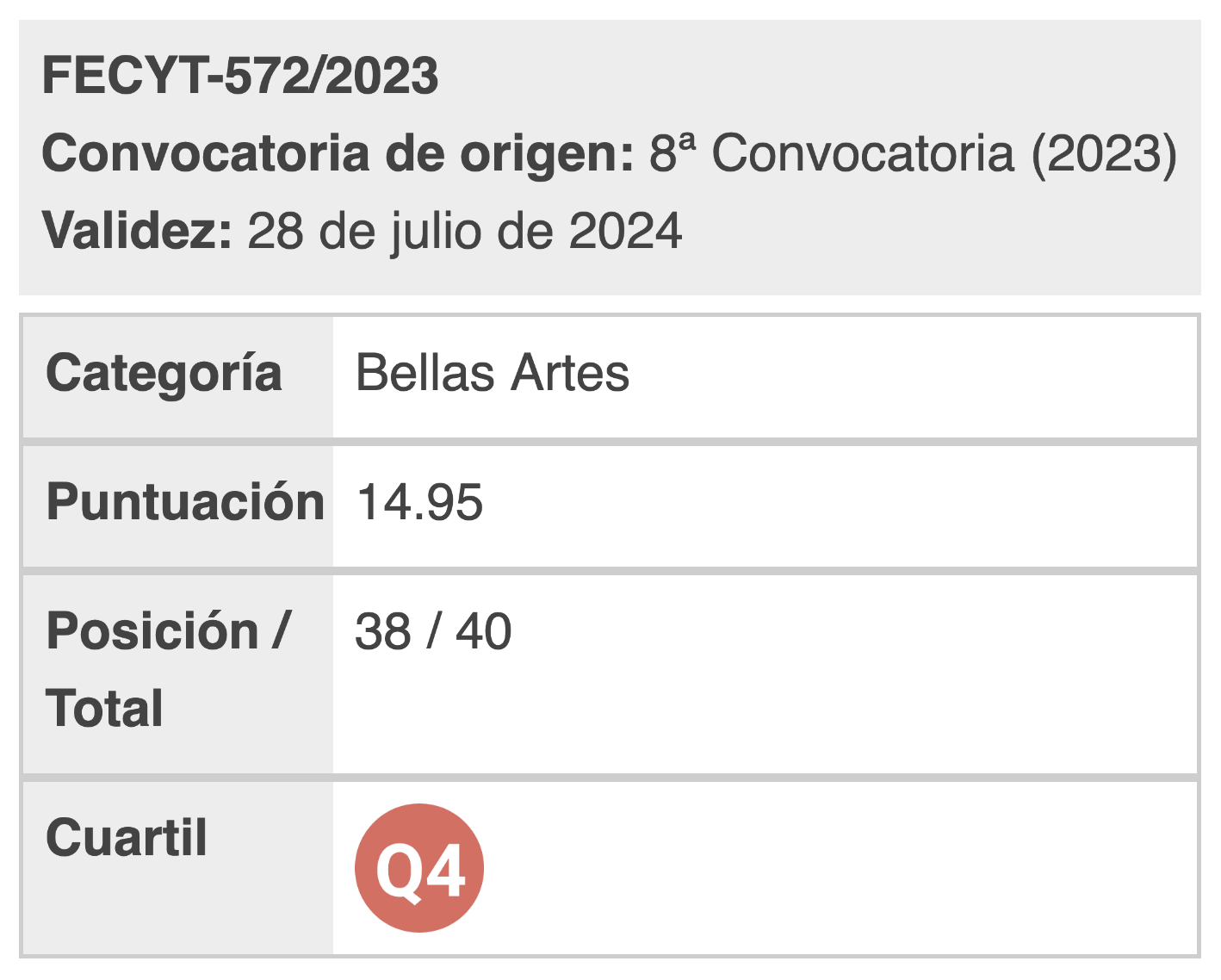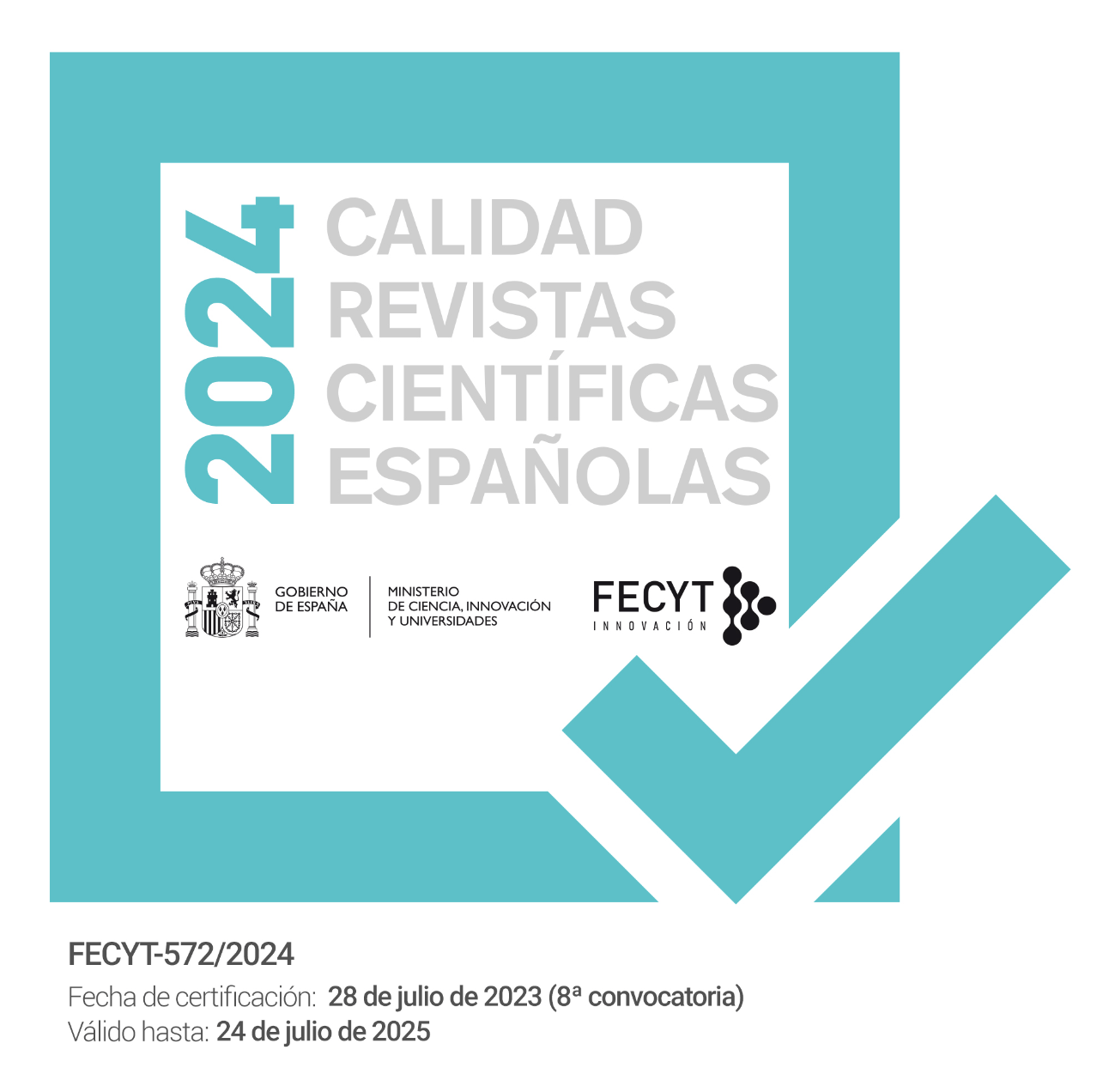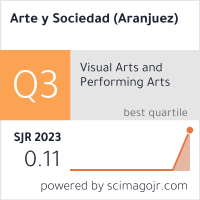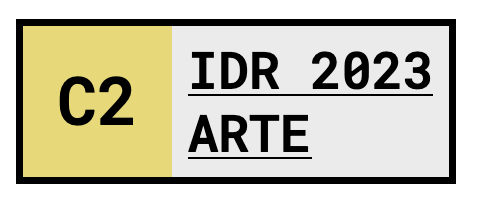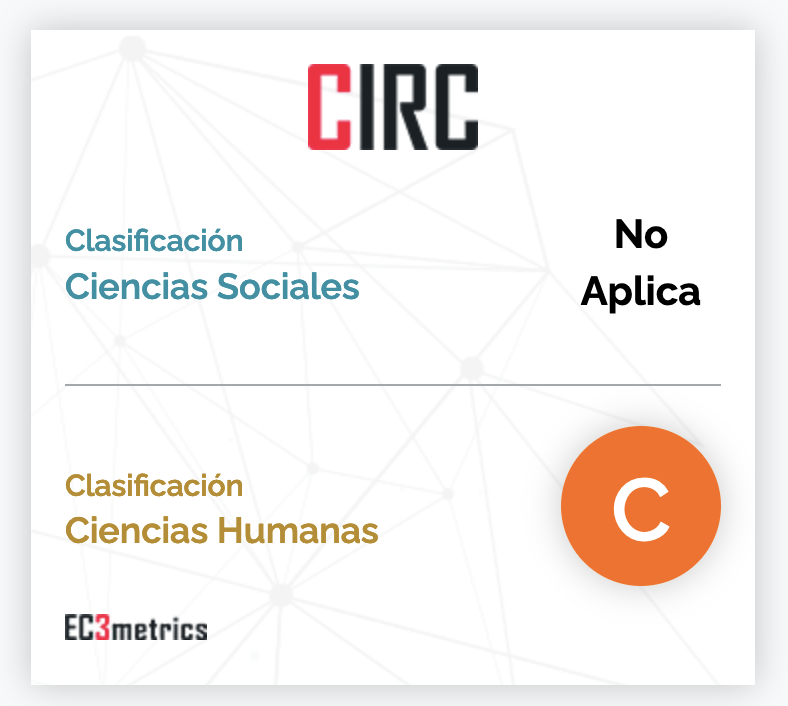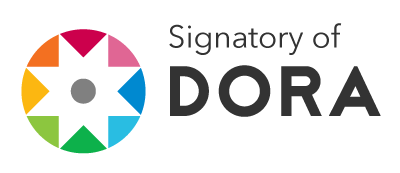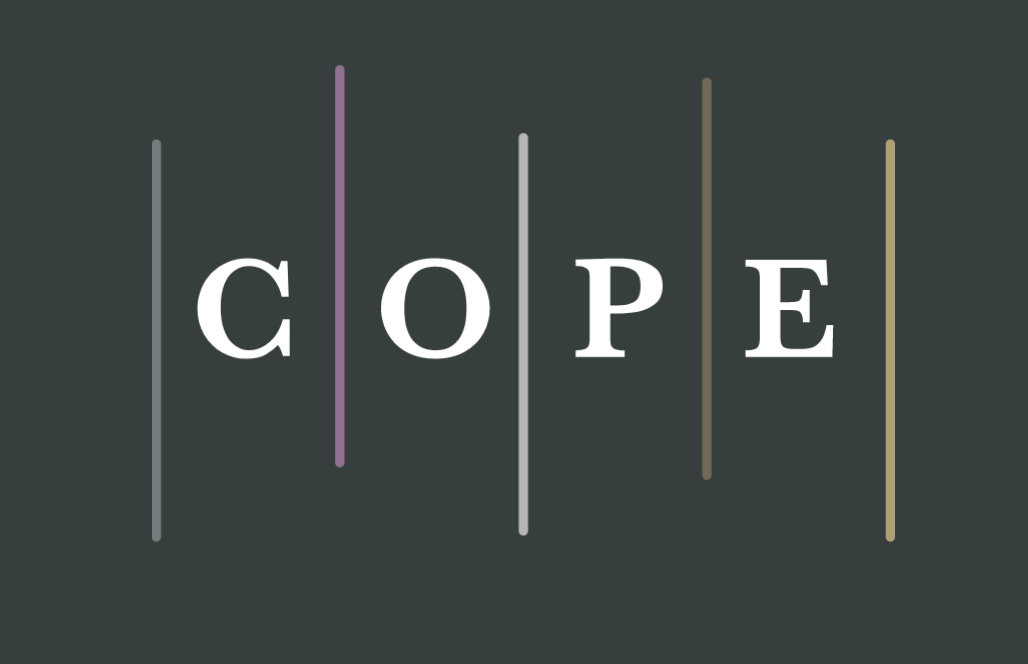Saul Bass graphic design style on Disney’s universe
Analysis from monster’s inc opening
DOI:
https://doi.org/10.33732/ASRI.6802Keywords:
Opening, Disney, Pixar, Monsters Inc, Saul BasAbstract
Those microestructures (Zunzunegui, 2016) synthetize the cinematographic language evolution and the style characteristics from producers, film directors and graphic artists, among other creators. This research explains the relation between the style, narrative and discursive features from Saul Bass and Monster’s Inc. opening (2001). Besides, it describes the peculiarities from Walt Disney Company and Pixar Animation Studios universes. This study analyzes the form, the content and the intertextuality which appear in the opening, proving his connexion with postmodern cinema, and relates the references from the reality with the Walt Disney Company and Pixar Animation Studios cosmos.References
Blancas Álvarez, S. (2016). Animando los títulos cinematográficos: De los pioneros a Saul Bass. Con A de Animación, 6, 118-134. https://doi.org/10.4995/caa.2016.4800
Docter, P., Unkrich, L., Silverman, D. (directores), Anderson, D.K., Lasseter, J., Stanton, A. (productores), Stanton, A. y Gerson, D. (guionistas). (2001). Monsters, Inc. [DVD]. The Walt Disney Company y Pixar Animation Studios.
Figueras, M. (1 de febrero de 2013). Saul Bass, la iconografía de los títulos de crédito. Espinof. https://cutt.ly/tWRvs4J
Genette, G. (1989). Palimpsestos: la literatura en segundo grado. Taurus.
Genette, G. (2001). Umbrales. Siglo XXI Editores.
González-Monaj, R. (2016). Pablo Núñez. Los créditos de la imaginación. Con A de Animación, 6, 30-41. https://doi.org/10.4995/caa.2016.4787
Jiménez de las Heras, J.A. y Jimeno Aranda, R. (2019). Los títulos de crédito como fórmula de condensación narrativa y simbólica: el caso de Lilith de Robert Rossen. Documentación de las Ciencias de la Información, 42, 67-87. https://doi.org/10.5209/dcin.63990
Landekic, L. (2016). Monsters, Inc. En Art of the Title. https://cutt.ly/CWRzsiv
López Iglesias, M. y De Miguel Zamora, M. (2013). La fémina Disney: análisis y evolución del personaje femenino en cuatro películas de la factoría Disney. Sociedad y Economía, 24, 121-142. https://cutt.ly/PWRzi9a
Magro Vela, S., Puebla Martínez, B. y Baraybar Fernández, A. (2020). Los openings, antesala del relato de ficción en televisión: identidad y marca. Revista de Comunicación, 2 (19), 175-191. https://doi.org/10.26441/RC19.2-2020-A10.1
Marinkovich, J. (1998). El análisis del discurso y la intertextualidad. Boletín de filología (Universidad de Chile), 37 (2), 729-742. https://acortar.link/bl1t69
Marino, J. (16 de julio de 2020). Teoría de Pixar / Todas las películas están conectadas. Soy de cine. https://cutt.ly/xjLVkUM
Míguez López, M. (2015). De Blancanieves, Cenicienta y Aurora a Tiana, Rapuzel y Elsa: ¿qué imagen de la mujer transmite Disney?. Revista Internacional de Comunicación y Desarrollo, 2 (1), 41-58. https://cutt.ly/OWRzr2J
Museo Nacional Centro De Arte Reina Sofía (2021). Rhythmus 21 (Ritmo 21). https://cutt.ly/qWRzwDw
Negroni, J. (2015). The Pixar Theory. https://cutt.ly/KWRl5Or
Osuna Acedo, S., Gil Quintana, J. y Cantillo Valero, C. (2018). La construcción de la identidad infantil en el Mundo Disney. Revista Latina de Comunicación Social, 73 (11), 1284-1307. https://cutt.ly/XWRl9w9
Pérez Rufí, J.P. y Jódar Marín, J.A. (2018). Análisis de la edición, la postproducción y el diseño gráfico en el ‘opening’ de la serie ‘Narcos’ (Netflix): Propuesta de microanálisis fílmico para una secuencia de apertura para televisión. Index.Comunicación, 8(1), 21-55. https://cutt.ly/XWRlN9Z
Rajas Fernández, M. (2008). La poética del plano secuencia: Análisis de la enunciación fílmica en continuidad [Tesis de Doctorado, Universidad Complutense de Madrid]. Repositorio institucional - Universidad Complutense de Madrid.
Rodríguez González, D. (2015). El imperio Disney: la clave de su éxito [Trabajo de fin de grado]. Universidad de Málaga.
Sánchez Casademont, R. (15 de junio de 2020). Disney Pixar: Las mejores películas del estudio ordenadas de mejor a peor. Fotogramas. https://cutt.ly/NWRlLxZ
Sánchez Escalonilla, A. (2003). Diccionario de creación cinematográfica. Ariel Cine.
Vertele (2019). ‘Los Simpsons’ tienen nuevo dueño: Disney compra Fox por 71.300 millones de dólares. eldiario.es. https://cutt.ly/Gj0efT8
Zavala, L. (2005). Cine Clásico, Moderno y Posmoderno. Razón y Palabra, 46. https://cutt.ly/IWRlzzg
Zavala, L. (2003). Elementos del discurso cinematográfico. ResearchGate.
Zunzunegui Díez, S. (2016). La mirada cercana: microanálisis fílmico. Shangrila.

Downloads
Published
How to Cite
Issue
Section
License

This work is licensed under a Creative Commons Attribution 4.0 International License.
You are free to:
Share — copy and redistribute the material in any medium or format.
Adapt — remix, transform, and build on the material for any purpose, including commercial.
Attribution — You must properly acknowledge the authorship, provide a link to the license, and indicate if any changes have been made.
You may do so in any reasonable manner, but not in any way that suggests that you endorse or receive any endorsement by the licensor for your use.
No additional restrictions — You may not apply legal terms or technological measures that legally restrict you from doing what the license allows.



